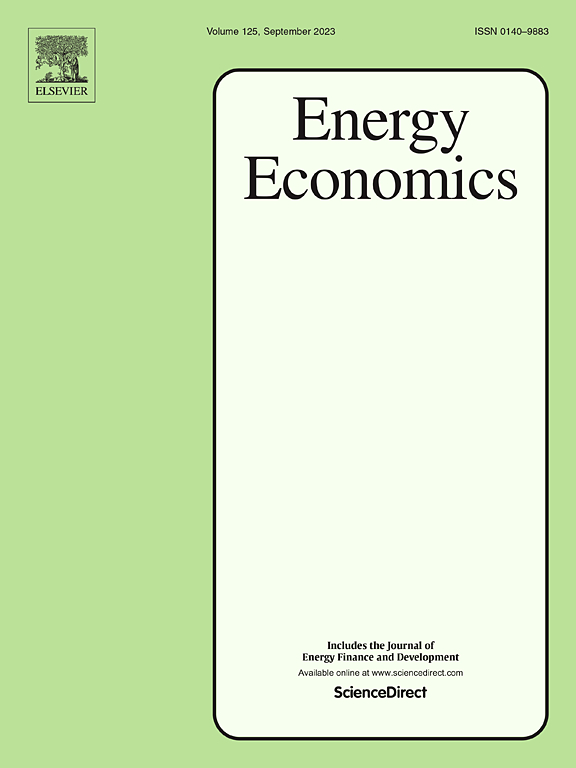跨境和跨区域电力传输:挪威南部是否有价格影响?
IF 14.2
2区 经济学
Q1 ECONOMICS
引用次数: 0
摘要
跨境电力交换对国内电价的潜在影响是许多国家公众积极讨论的一个话题。在本研究中,我们量化了挪威南部(招标区域NO2)电力流量对每小时现货价格的影响程度。利用2015年至2024年的数据和非交叉分位数回归系统,我们发现,虽然输电流量对预期价格和中位数价格的影响有限,但它们确实有助于解释未来价格分布尾部的变化。具体来说,区域电力传输以及与荷兰和丹麦的传输与未来价格的关系很弱。相比之下,与英国和德国/卢森堡的电力流动有可能增加挪威的价格波动。虽然这些影响在样本内具有经济意义,但它们并不能转化为改进的样本外价格分布预测。我们讨论了这些发现的政策含义,并得出结论,平均而言,跨境电力流动本身不会导致市场价格上涨。然而,通过政府补贴和引入固定利率计划,将家庭批发和零售价格脱钩,有效地解决了价格波动加剧的问题。关于限制电力流动的争论,我们的研究结果表明,此类政策应针对贸易伙伴,并应考虑到跨境电力流动发生的不同条件。本文章由计算机程序翻译,如有差异,请以英文原文为准。
Cross-border and cross-regional electricity transmission: Is there a price impact in south Norway?
The potential impact of cross-border electricity exchange on domestic prices is a topic of active public debate in many countries. In this study, we quantify the extent to which electricity flows have contributed to hourly spot prices in Southern Norway (bidding region NO2). Using data from 2015 to 2024 and a system of non-crossing quantile regressions, we find that while electricity transmission flows have a limited effect on expected and median prices, they do help explain variation in the tails of the future price distribution. Specifically, regional electricity transmission and transmission with Netherlands and Denmark is only weakly associated with future prices. By contrast, electricity flows with Great Britain and Germany/Luxembourg have the potential to increase price volatility in Norway. While these effects can be economically significant, in-sample, they do not translate into improved out-of-sample forecasts of the price distribution. We discuss the policy implications of these findings and conclude that, on average, cross-border electricity flows do not themselves lead to increases in market prices. However, decoupling wholesale and retail prices for households through government subsidies and the introduction of fixed-rate schemes effectively addresses increased price volatility. Regarding the debate over restricting electricity flows, our results suggest that such policies should be trading partner-specific and should take into account the varying conditions under which cross-border electricity flows occur.
求助全文
通过发布文献求助,成功后即可免费获取论文全文。
去求助
来源期刊

Energy Economics
ECONOMICS-
CiteScore
18.60
自引率
12.50%
发文量
524
期刊介绍:
Energy Economics is a field journal that focuses on energy economics and energy finance. It covers various themes including the exploitation, conversion, and use of energy, markets for energy commodities and derivatives, regulation and taxation, forecasting, environment and climate, international trade, development, and monetary policy. The journal welcomes contributions that utilize diverse methods such as experiments, surveys, econometrics, decomposition, simulation models, equilibrium models, optimization models, and analytical models. It publishes a combination of papers employing different methods to explore a wide range of topics. The journal's replication policy encourages the submission of replication studies, wherein researchers reproduce and extend the key results of original studies while explaining any differences. Energy Economics is indexed and abstracted in several databases including Environmental Abstracts, Fuel and Energy Abstracts, Social Sciences Citation Index, GEOBASE, Social & Behavioral Sciences, Journal of Economic Literature, INSPEC, and more.
 求助内容:
求助内容: 应助结果提醒方式:
应助结果提醒方式:


